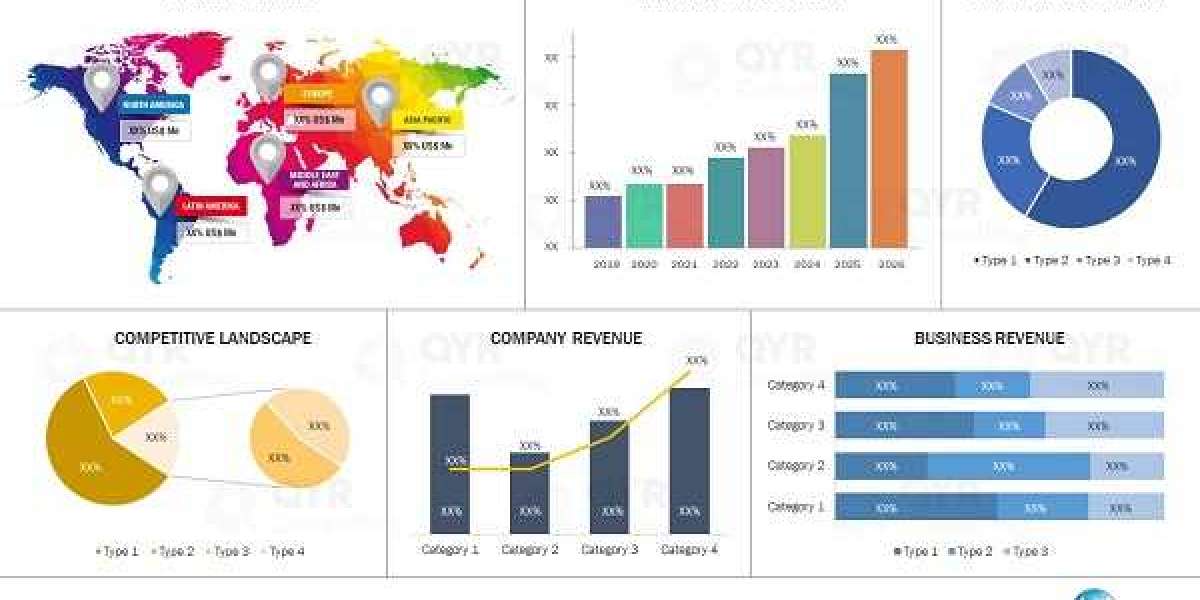In today’s competitive legal landscape, attracting and retaining clients requires more than just excellent legal expertise. Solicitors marketing has evolved, demanding strategic approaches that blend digital innovation with traditional methods. Whether you are a solo practitioner or part of a large law firm, understanding how to market your services effectively is key to business growth. Below are some essential strategies to enhance your legal marketing efforts and attract more clients.
Optimise Your Online Presence
A strong online presence is the foundation of successful solicitors marketing. Start by ensuring your website is professional, mobile-friendly, and optimised for search engines (SEO). Prospective clients often search for legal services online, making SEO a crucial factor in boosting your visibility. Solicitors Marketing London should be strategically placed in your website’s content, meta descriptions, and blog posts.
Additionally, listing your firm on Google My Business enhances local search rankings, ensuring potential clients in your area find you easily. Encourage satisfied clients to leave positive reviews, as they significantly influence new clients’ decisions.
Leverage Social Media Marketing
Social media platforms are powerful tools for solicitors looking to build brand awareness and engage with potential clients. Platforms like LinkedIn, Facebook, and Twitter allow you to share legal insights, case studies, and client testimonials. By consistently posting valuable content and interacting with followers, you can establish yourself as an authority in your field.
Moreover, paid social media ads can target specific demographics, ensuring your services reach the right audience. Legal marketing specialists can help craft compelling ad campaigns tailored to your firm’s unique needs.
Content Marketing Blogging
Providing informative and valuable content positions your law firm as a trusted resource. Regularly updating your blog with legal guides, FAQs, and industry trends helps attract organic traffic to your website.
For example, if you specialise in family law, publishing articles on divorce proceedings, child custody, and estate planning can establish your expertise. Incorporating Solicitors Marketing London naturally into your content boosts search engine rankings and enhances visibility.
Email Marketing for Client Retention
Email marketing remains an effective tool in legal marketing. Sending out newsletters, legal updates, and promotional offers keeps your firm top-of-mind among potential and existing clients. Ensure your emails are personalised and provide valuable insights rather than just promotional content.
Automated email campaigns can nurture leads, guiding them through the decision-making process and converting inquiries into clients. Legal marketing specialists can assist in creating targeted email campaigns to maximise engagement and response rates.
Utilise Pay-Per-Click (PPC) Advertising
PPC advertising, such as Google Ads, allows law firms to appear at the top of search engine results for relevant queries. Bidding on Solicitors Marketing London ensures your firm gets immediate visibility among potential clients actively seeking legal assistance.
A well-structured PPC campaign, managed by legal marketing specialists, can deliver high-quality leads, improve conversions, and provide a measurable return on investment.
Conclusion
Effective solicitors marketing requires a multi-faceted approach that combines digital strategies with traditional marketing efforts. From optimising your online presence and leveraging social media to content marketing and PPC advertising, each strategy plays a crucial role in attracting more clients. By implementing these methods and working with legal marketing specialists, your law firm can establish a strong brand presence and achieve sustainable growth in the competitive legal market.











